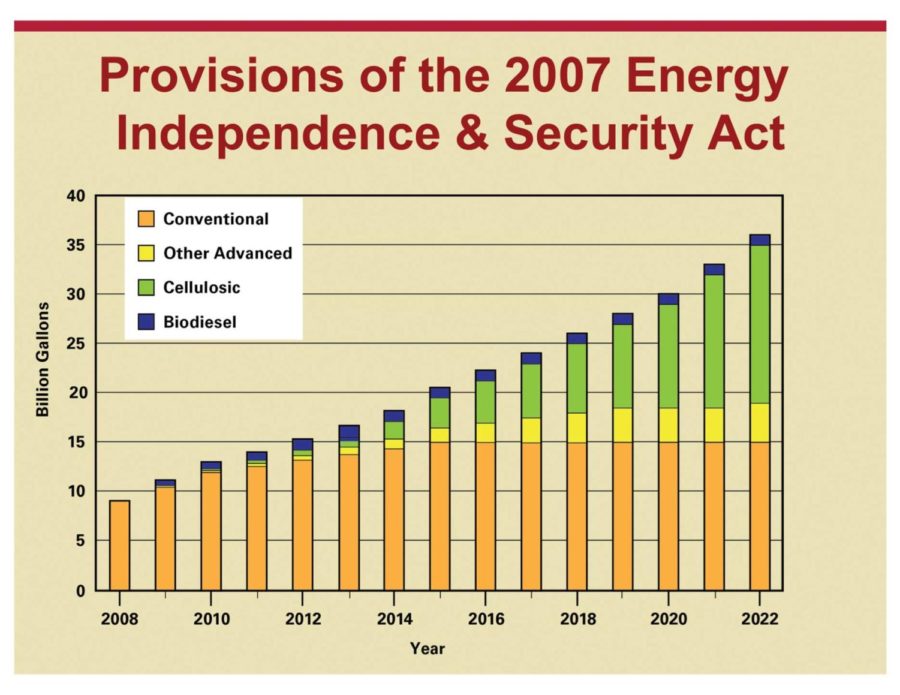Alligator fat a potential biofuel of the future
Graphic courtesy of Lawrence Johnson
Gator Fat Graphic
August 30, 2011
Alligators are seen in zoos, the swampy glades of Florida and might be found in a new place in the future — the gas station pump.
Alligator fat is just one alternative researchers are looking for to replace corn and soybeans in fuel, which may increase food costs.
To understand alligator fat, one must get acquainted with the soybean.
There are a couple of ways to get the oil from soybeans for fuel. The first way is by using an organic solvent, like Hexanes, to separate and pick up the oil from the bean.
A second and slightly harder method is squeezing the oil out of the beans.
The last involves grinding up the soybeans and letting them soak in water, allowing the oil from the beans to float to the top and then skim them off.
Although the latter method isn’t very efficient, a department of food science and human nutrition research group in Ames is hoping to change that. But the soybean is not the only plant source for biofuels.
Corn can be turned into ethanol, which is steadily becoming easier to find at gas stations and in all of our cars.
There are also cellulosic types of biofuel. Dr. Lawrence A. Johnson, director of the Center for Crops Utilization Research, summarized cellulosic fuels as coming from forest waste or fast-growing plants such as switchgrass.
Plants aren’t the only source for biofuels, and while it sounds odd that animal fat can be used for fuel, it’s already being done with chicken fat, chicken talo and beef fat.
“Any form of oil or fat can be turned into fuel, including alligator, because on the molecular level it’s generally all similar in composition,” said Dr. Robert Brown, distinguished professor in the Center for Sustainable Environmental Technology.
Even with these alternatives and the petroleum that is currently used, researchers are still searching for more — alligator fat being one discovery.
“There’s no single silver bullet, it will take many different energy sources to solve our problems,” Johnson said.
The reason some want to use alligator fat as a biofuel is simple: The alligator meat industry produces 15 million pounds of alligator as a waste product each year.
Taking this waste product and converting it into fuel would be cheaper than planting, harvesting and then converting soybeans.
One of the disadvantages is that while 15 million pounds sounds like a lot, the fuel produced would equal about 2 million gallons of pure, non-blended biodiesel.
To put it in to global perspective, about 150 billion gallons of motor fuels are burned each year. Although the amount of fuel produced by alligator fat would be small, it still would be beneficial and would lighten the demand for petroleum.
“Even small supplies should be exploited,” Brown said, when asked about the small amount that would be produced in comparison to the amount of fuel soybeans produced.
Because the amount of fuel produced by alligator fat would be small, it wouldn’t really affect Iowans. Unlike soybeans, corn, switchgrass and other biorenewables, there still will be a search for new alternatives to petroleum because petroleum takes a long time to replenish itself.
“We also have to turn to conservation,” Johnson said. “We cannot continue to consume as much energy as we are. There’s not enough for everyone.”







